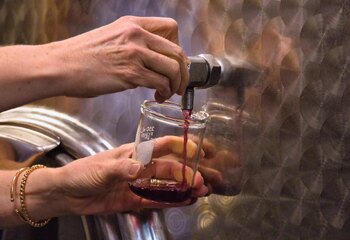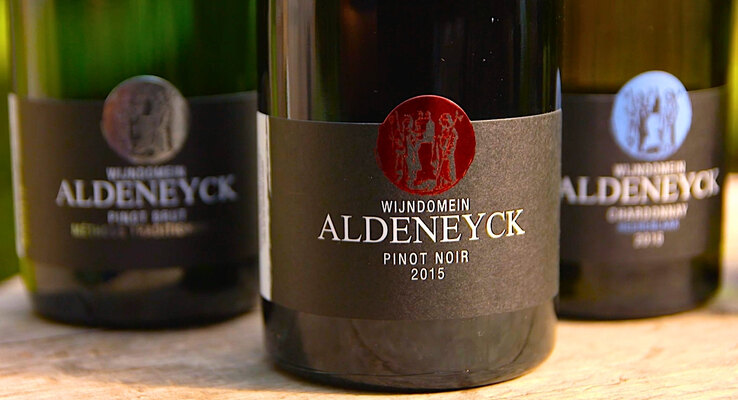"I really had to start from zero, nobody was waiting for Belgian wine."
A history of winemaking in Belgium
The foundations of Wine Castle Genoels-Elderen in the Belgian province of Limburg date back to Roman times. The Romans knew already that the conditions for winemaking were really good in the Haspengouw area. Concrete evidence of viticulture in this area dates back to the late Middle Ages.

In 1990 this winery started the renaissance of winemaking in Belgium by planting the first vines again. What began merely as a hobby turned into an impressive wine estate of 25 hectares.

Starting a winery from scratch
Owner Jaap van Rennes created a fortune with his food and beverage wholesale business but at some point decided to trade his Rolls Royce for a tractor. Local people thought it was madness when he bought the castle of Genoels-Elderen in the village of Riemst. He started this winemaking adventure at the age of 56 while his daughter Joyce took on a study Oenology.

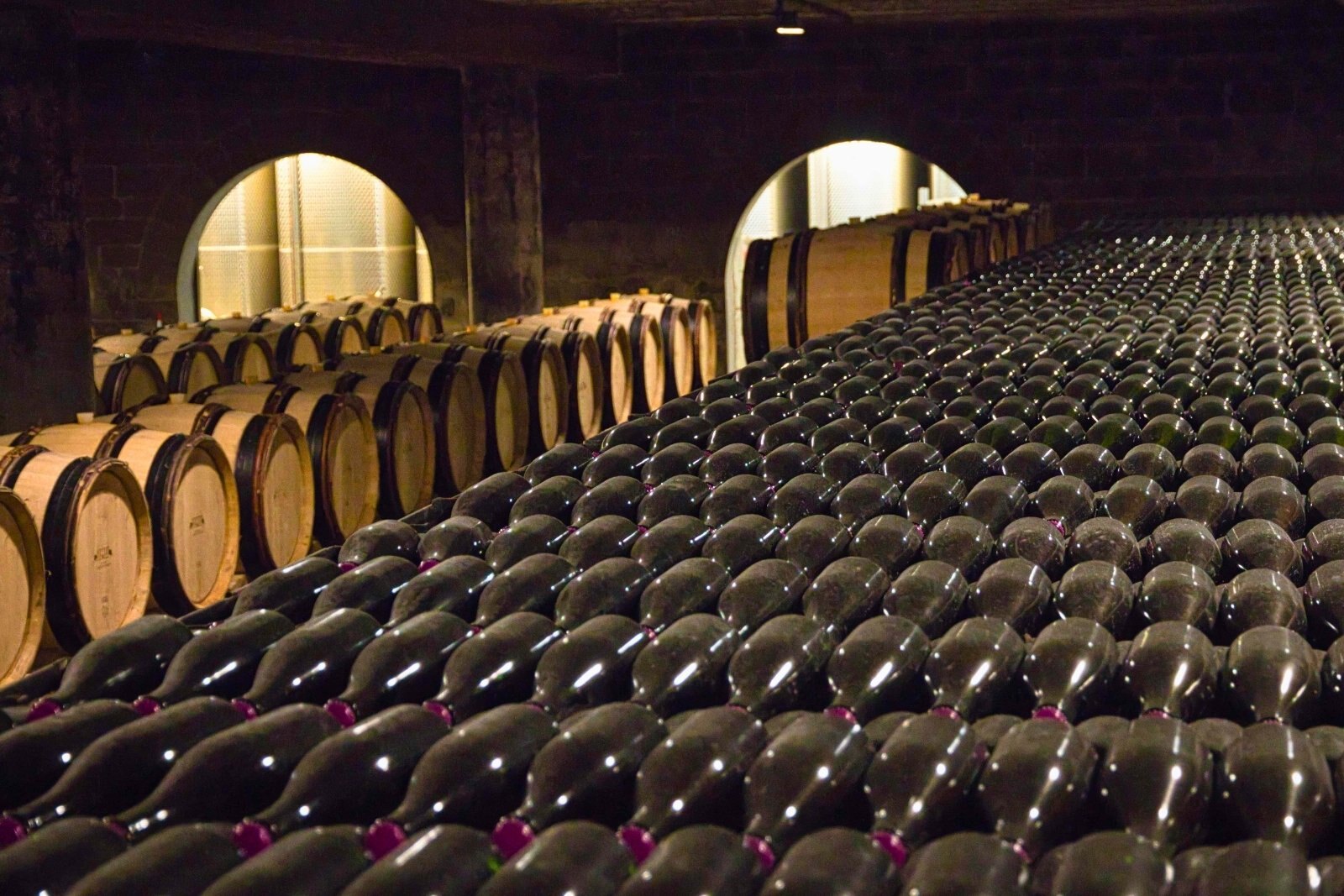
Because nobody was familiar with Belgian wine they really had to start from scratch. After a few years, top restaurants in Belgium discovered the quality of their wines and the demand became huge. The wine castle now attracts around 20.000 visitors every year.
Burgundy style Belgian wines
The climate in the province of Limburg nowadays is close to that of Burgundy in the 1970’s. That fact, together with a soil made up from marl with a top layer of clay, makes this an excellent area for wine cultivation. The planted grape varieties are mainly Chardonnay and Pinot Noir with 0,5 hectares of Pinot Gris.

In combination with the northern cooler climate, they produce beautifully balanced Belgian wines with good acidity. Besides four different still wines, Genoels-Elderen Wine Estate also produces three sparkling wines. The left-over press rests of the grapes (marc) go to the small castle distillery where Levenswater (Water of Life or Eau de Vie) is distilled.
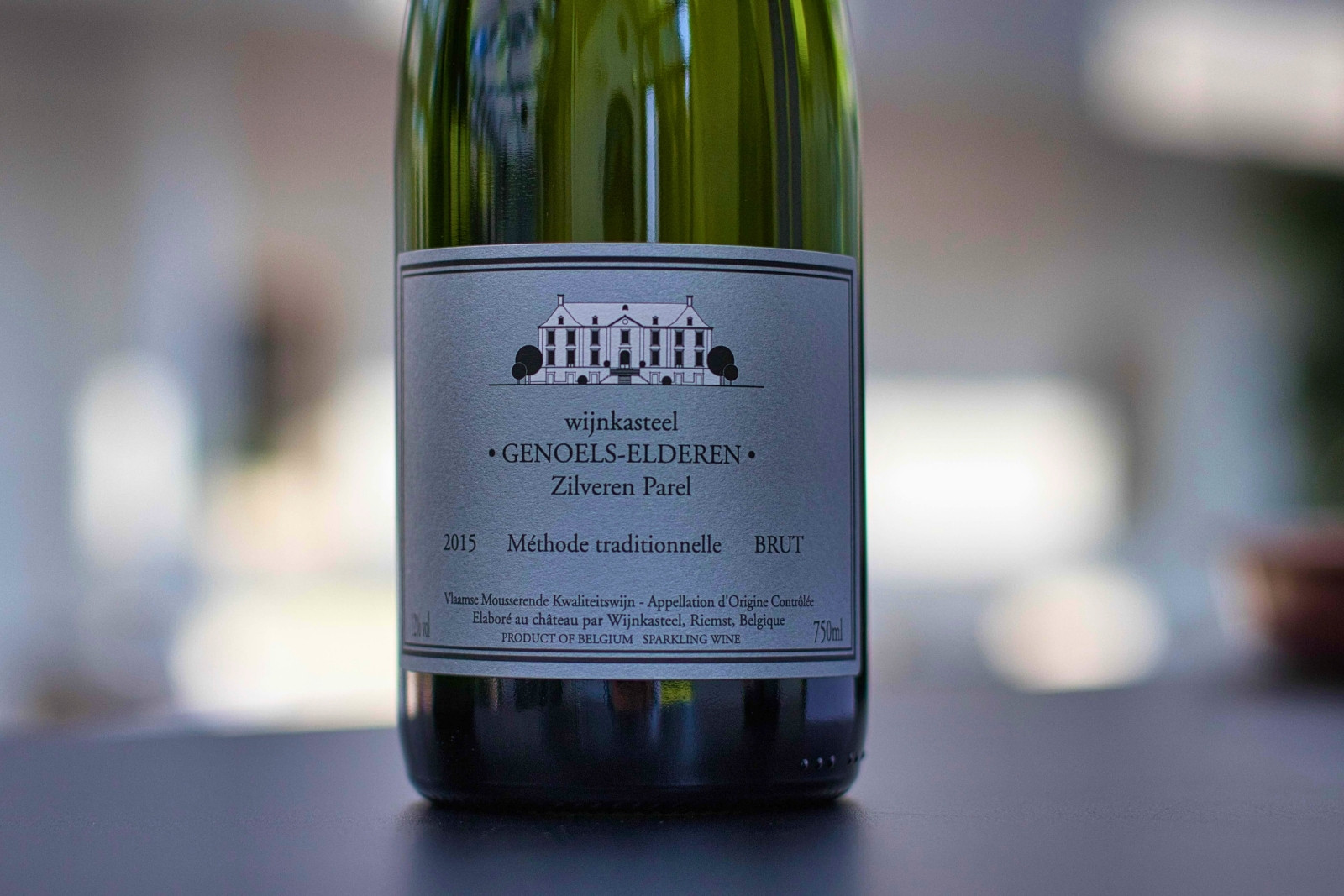
Visiting Wine Castle Genoels-Elderen
As a winelover visiting the neo-classicist castle is a must. You not only can visit the largest vineyards of Belgium, but also enjoy a stroll through the park with a beautiful arboretum with over 300-year old trees and a rose garden.

The old chariot house now contains the wine cellars, grape press and distillery. Take a tour, finish off with a wine tasting and you won’t leave disappointed. In 2000 the Haspengouw area received AOC (PDO) status, so yes… there are more wine estates to visit on your wine tour through Flanders!
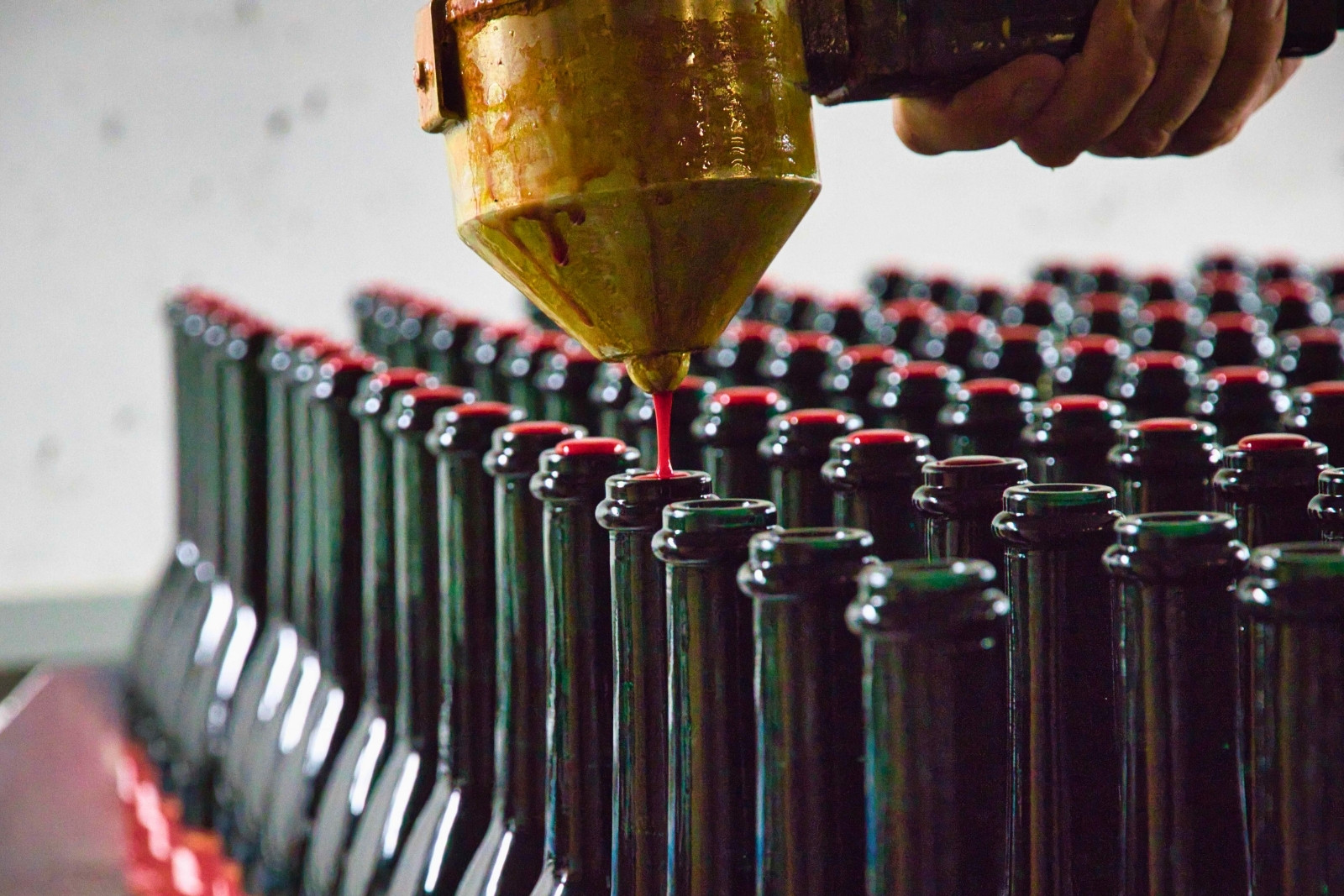

Updated: 02-05-2025



